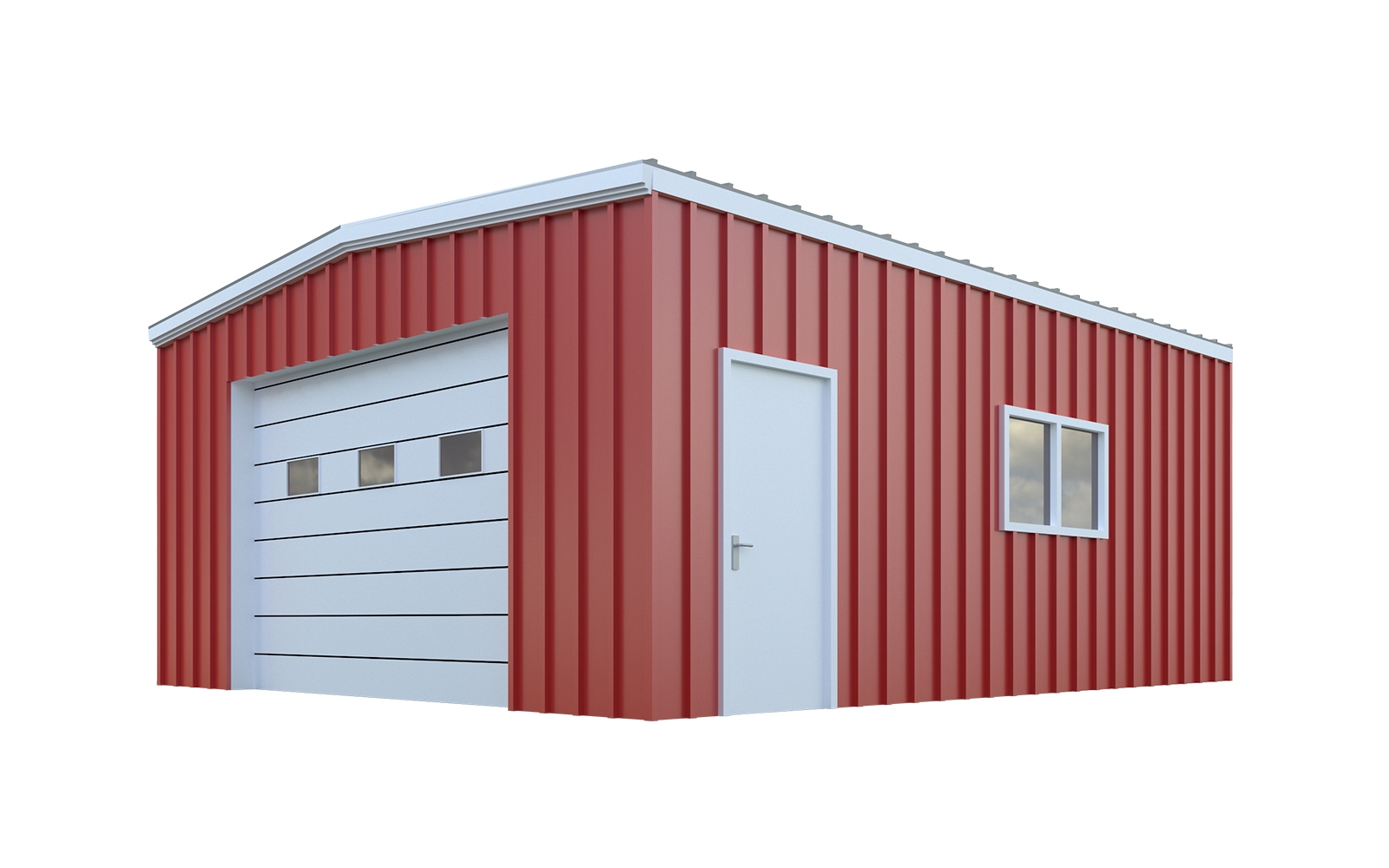

Once you have decided, make sure you get your concrete footings right by following our step-by-step guide: Prepare the ground Your finished structure will only ever be as good as the foundations it is built on so, if you are in any doubt about which type of foundations to use, get expert advice from a building inspector or structural engineer. Building foundations: a step-by-step guide to creating concrete footings A column is drilled to the required depth before reinforcing steel is lowered into the hole and then filled with concrete. Drilled shafts or caissonsĭrilled shafts, also known as caissons, are foundations that are cast in-situ. Piles are driven into the ground using specialist equipment and filled with concrete before a ground beam is added to provide a surface to build on.

Pile foundations are used when ground conditions near the surface are not suitable for heavy loads. This type of foundation is spread across the entire area of a building and is used when soil pressure is low or where columns and walls are so close that individual footings would not be appropriate or cost effective. Raft or mat foundationĪ raft or mat foundation is a large slab supporting a number of columns and walls. The wider base of this foundation type spreads the weight over a wider area and provides better stability. They are also used to accommodate a row of closely-spaced columns. Strip foundationĪ strip footing is used for load-bearing walls including footings for extensions and conservatories and house foundations. These concrete footings are usually rectangular in shape and support two or more columns which are so close to each other their individual footings would overlap.

The size is calculated on the load and ground conditions. They are a uniform thickness and are designed to carry and spread concentrated loads. Shallow foundation types Individual footing or isolated footingĪlso known as a spread footing or pad foundation, this type of foundation is used to support a single column and is square, rectangular or circular in shape. We offer concretes suitable for all types of foundations. Taller commercial or residential buildings, or those built on very weak ground, will require deep foundations, which carry the load of the structure through the weak soil to the stronger soil or rock below. The depth of these is generally less than their width and they are commonly used for house extension foundations. Shallow foundations are the most common type used for small buildings and domestic projects. This is usually done by digging holes at various points across the site and using the results to assume the conditions throughout.įoundations are generally broken into two categories: shallow and deep. It is worth carrying out a soil survey before you decide which type of building foundation you require as ground conditions have an important part to play. Types of foundations in building construction This applies not just to the type of foundations you use but also to a number of other factors such as distance to boundaries, ground conditions soil type, adjacent structures, trees, drains and sewers.Īs with any project, get the advice and support of experts early on to ensure your project meets all of the relevant regulations and you don’t have any nasty shocks further down the line. Getting the foundations of your building or extension right first time is vital if you are to have a successful outcome. Take a look at our guide to concrete types and, if in doubt, always seek advice from an expert such as a building inspector or structural engineer. It is vital that you choose the right type of foundation and concrete – for the soil type and application – as errors could have serious ramifications and even involve a completed project being demolished.


 0 kommentar(er)
0 kommentar(er)
